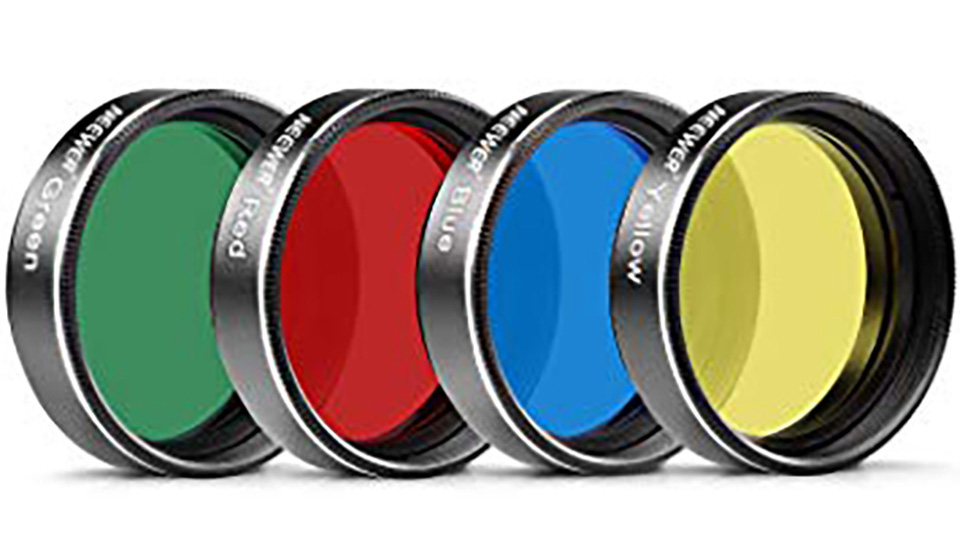
Should you have some filters for your photography? Simple answer: Yes, BUT not all filters are suitable for use by amateurs.
Photographic filters are the quickest and easiest ways to produce startlingly different images. They are also the quickest and easiest ways to produce hackneyed clichés and totally nauseating ‘chocolate box’ photographs. However, there is a fine line and with some careful consideration you can very successfully use a limited selection of filters to give some additional sparkle and depth to your photographs.
I used to carry a very small selection of filters in the bag and three of them were exactly the same. Like to guess what they were? Polarizers! And why three of them? The answer is simple. I used to carry three lenses in the bag – a 24 mm, a 50 mm and a 135 mm. Each of those lenses was fitted with an adaptor ring to bring them all to 62 mm at the filter end. At any time I had all three carrying a polarizing filter. There was no need to waste time screwing and unscrewing – each lens had its own dedicated polarizer. You may consider this to be a little over the top – but that is the importance that I gave to polarizing filters and always being kitted up ready to shoot. By the way, most autofocus cameras require a special type of polarizer called a circular polarizer, so do not get the wrong type if you are an AF shooter.
If you take shots in the bright sunshine of Thailand, then you need a polarizer. If you shoot in color then you need a polarizer. If any of your shots has sky in them then you need a polarizer. This filter will give a richness to the colors as well as deepening the sky. It will allow you to “see” through water and windows and if you are only going to have two filters on board, this is the second one.
So what is the first one? Again, I had three of them and they were permanent fixtures on all three lenses. These are called UV filters and are used as insurance against scratching the end lens element. You must get one of these, because without it you will eventually scratch, pit and irreparably damage an expensive lens.
The third filter that was kept in the camera bag is called a Diffuser. There is only one of these as it is a special effect filter that is used for particular special effects. This is sometimes called a “Beauty” filter by those who specialize in photographing women. As you know, photography is the art of telling lies with a camera, and the diffuser just takes the razor sharp edge off an image. In particular it softens lines, wrinkles and crows feet, to produce a flattering photograph of a woman. Teenagers never need it. Any woman over the age of forty does! And what is more, she will love you for it.
A fourth filter which I use frequently, though not as much as the first two are called Warming filters. A gentle pale brown color added to an image gives a more pleasing effect than stark “bluish” cast to the shot. This is why photographers go out in the late afternoon to get that “golden glow”. The warming filter goes a long way towards producing that, no matter what time of day. These are called 81 A, 81 B and 81 C, where A is the mildest and C is the strongest. For most images the 81 B seems to give the most pleasing result. One other trap with these filters is that with European women they will impart a “healthy” tanned look, but with Asian females it can deepen the natural skin color, which they do not like in the final shot. You have been warned.
So those are the filters that I used to use very regularly, and without a doubt, after the “insurance” UV filter, the next most important is the polarizer. If you have not got one for your SLR, then go and get one this weekend and see the difference its use will make to your shots.






